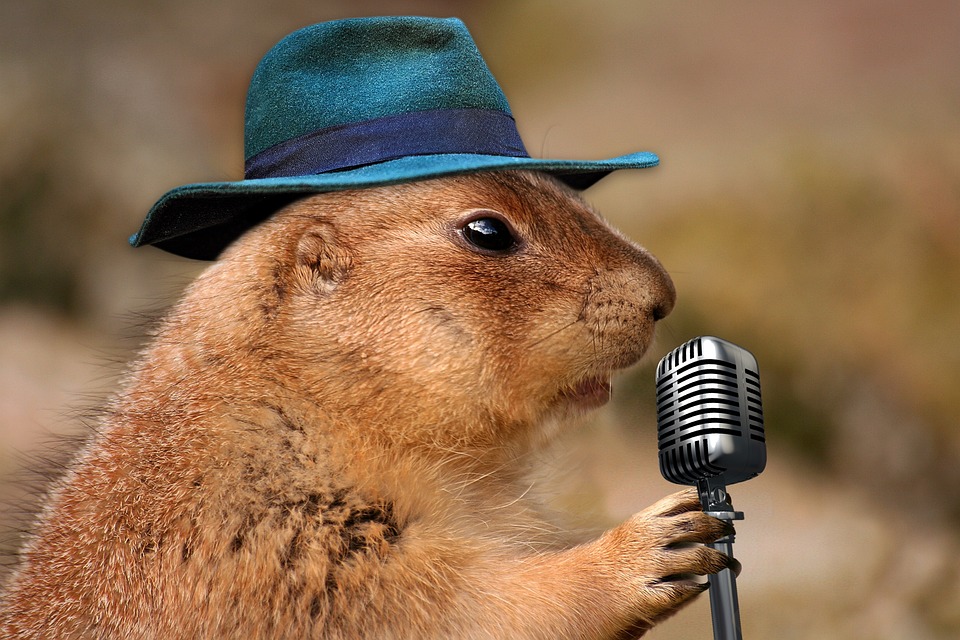Introduction:
Maintaining the well-being of our furry friends is a top priority for any dog owner. Regular grooming plays a crucial role in ensuring the health and happiness of dogs with long coats. In this article, we will explore the numerous benefits of regular grooming for dogs with long coats, including improved coat health, reduced shedding, and overall comfort. Additionally, we will address some frequently asked questions to help you better understand this essential aspect of dog care.
1. Enhanced Coat Health and Appearance
Dogs with long coats require regular brushing to maintain their coat health and appearance. Brushing is the foundation of long coat care as it helps remove dirt, debris, and loose hair from the coat. It also promotes blood circulation and healthy hair growth by distributing natural oils throughout the fur. Regular brushing prevents matting and tangles, which can be uncomfortable for your furry friend and lead to more serious skin issues if left untreated.
2. Reduced Shedding and Allergens
Regular grooming helps reduce shedding and minimizes allergens in your home. By removing loose hair and dead skin cells through brushing, you can significantly decrease the amount of hair your dog sheds. This is particularly beneficial for allergy sufferers as it helps minimize allergic reactions to pet dander. Additionally, maintaining a clean and well-groomed coat also contributes to a cleaner home environment.
3. Improved Comfort and Hygiene
Grooming plays a vital role in ensuring your dog’s comfort and hygiene. Regular brushing helps prevent skin irritations and infections by removing dirt and bacteria from the coat. It also helps your dog regulate their body temperature more effectively by removing excess hair during warm seasons. Additionally, grooming contributes to overall hygiene and odor control, allowing your dog to feel clean and fresh.
4. Early Detection of Health Issues
Regular grooming sessions provide an opportunity to detect any potential health issues early on. By regularly examining your dog’s coat and skin, you can identify abnormalities such as rashes, hot spots, or signs of parasites like fleas or ticks. Grooming also allows you to spot injuries or abnormal lumps that may require veterinary attention. Furthermore, monitoring your dog’s ear and dental health during grooming sessions can help prevent any potential problems.
5. Stress Reduction and Bonding Time
Grooming sessions not only benefit your dog physically but also contribute to their emotional well-being. Regular grooming helps establish trust and cooperation between you and your furry friend. It creates positive associations with grooming and reduces anxiety, promoting relaxation for your dog. Additionally, grooming sessions provide valuable bonding time between you and your pet, strengthening your relationship.
FAQs (Frequently Asked Questions)
1. How often should I groom my long-haired dog?
The frequency of grooming depends on your dog’s specific coat type and needs. Generally, long-haired dogs should be groomed at least once a week, if not more frequently.
2. Can I groom my dog at home, or should I seek professional help?
You can groom your dog at home if you have the necessary tools and knowledge. However, seeking professional help from a groomer is recommended, especially for more complex grooming tasks such as trimming or styling.
3. What tools and products should I use for grooming a long-haired dog?
Some essential grooming tools for long-haired dogs include a slicker brush, a comb, and possibly thinning shears. Additionally, you may need dog-friendly shampoo and conditioner, as well as detangling sprays or coat spritzers.
4. How can I ensure my dog stays calm during grooming sessions?
To help your dog stay calm during grooming sessions, it is essential to introduce them to grooming gradually and positively. Use treats and rewards, and take breaks if your dog becomes anxious or stressed.
5. My long-haired dog hates being brushed. What can I do?
If your dog dislikes brushing, try using positive reinforcement techniques and gradually desensitizing them to the process. Start with short brushing sessions and gradually increase the duration as your dog becomes more comfortable.
6. Should I bathe my long-haired dog frequently?
The frequency of bathing depends on your dog’s lifestyle and coat condition. Generally, long-haired dogs can be bathed every 4-6 weeks or as needed. However, excessive bathing can strip the coat of its natural oils, so it is essential to use a gentle dog shampoo and conditioner.
7. Can I trim my dog’s long coat at home?
Trimming a long coat is a task best left to professionals, especially if you want to achieve a specific style or maintain an even length. However, regular brushing can help prevent matting and reduce the need for excessive trimming.
8. Are there any specific dietary considerations for long-haired dogs?
A balanced and nutritious diet is crucial for maintaining a healthy coat. Ensure your dog’s diet includes high-quality protein, essential fatty acids, and vitamins and minerals that support coat health.
9. Can grooming help prevent shedding?
Regular grooming can help reduce shedding by removing loose hair and dead skin cells. However, it is important to note that shedding is a natural process for dogs, and some shedding is inevitable.
10. What should I do if I notice any skin issues or abnormalities during grooming?
If you notice any skin issues or abnormalities during grooming, it is best to consult with your veterinarian. They can provide a proper diagnosis and recommend appropriate treatment or further testing if necessary.
Conclusion:
By understanding the benefits of regular grooming for dogs with long coats and addressing common concerns, you can provide the best care for your furry friend, ensuring they lead a healthy and comfortable life. Remember, regular grooming not only keeps your dog looking fabulous but also contributes to their overall well-being. So, grab your grooming tools and give your long-haired dog the love and attention they deserve.









